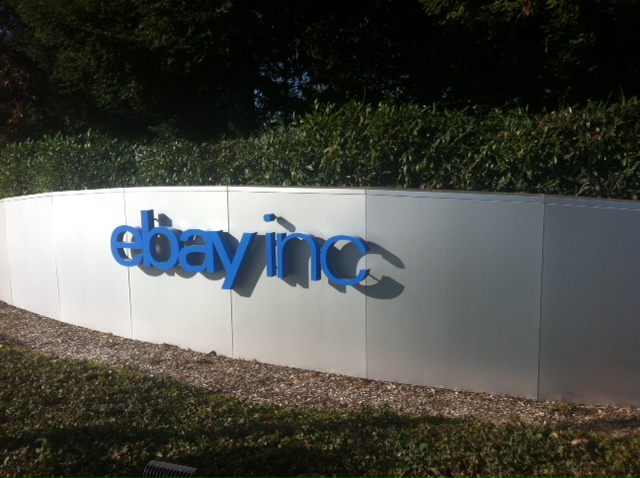‘Digital natives’ has been the term to describe people born after 1990 who’ve had computers throughout their entire lives.
The theory is these folk have an innate understanding of digital technologies from being immersed in them from an early age.
It’s doubful how true that theory is; the generation born after 1960 were born into the television generation yet the vast majority of GenXers would have little idea on how to produce a sitcom or fix a TV set and the same could be said for the war generation and motor cars.
Digitally native businesses
For businesses, it may be the digital native concept is far more valid. Ventures being founded today are far more likely to be using productivity enhancing tools like social media, collaboration platforms and cloud computing services than their older competitors.
What’s striking about older businesses, particularly in the Small to Medium Enterprise (SME) sectors, is just how poorly they have adopted technology. The Australian Bureau of Statistics report into IT use by the nation’s businesses illustrates the sectors’ weak use of tech.
The most telling statistic is the number of businesses with a web presence; the SME sector lags way behind the corporate sector that has almost 100% penetration.

Many of the zero to four business can be disregarded as most of them are sole trader consultants who’ve had to register a businesses for professional reason, although there is an argument even they would benefit from a cheap or free web presence to advertise their skills.
The ABS statistics show small business is lagging behind the corporates in social media and e-commerce adoption as well so the argument that local businesses are ignoring the web and using services like Facebook, LinkedIn or Google Places to advertise their services doesn’t hold water.
Old man’s business
Part of this reluctance to use digital tools is age; many SMEs were born either in the era when faxes were a novelty or when Windows computers were first appearing on small businesses desktops. They are creatures of another era.
In the current era cloud, social media and collaborative services are running business. The idea of buying a workstation for a new employee and waiting for the IT guy to set them up on the network is an antiquated memory; today’s workers have their own laptops, tablets and smartphones to do the work – all they need is a password.
Those services offer a different way of organising a business and this is the most worrying part of the statistics – large organisations are slowly, and not always successfully, adopting modern management practices while many small businesses are locked into a 1970s and 80s way of working.
For businesses being founded today, this isn’t a worry – they are the true digital natives and are reaping the benefits of more efficient ways of working. Something emphasised by Google’s updates to its Drive productivity services announced overnight.
That’s something that should focus the plans of established businesses of all sizes as they adapt to working in a connected society.
Similar posts:





